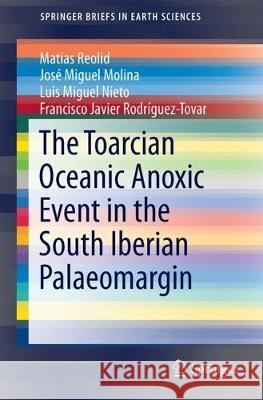The Toarcian Oceanic Anoxic Event in the South Iberian Palaeomargin » książka
topmenu
The Toarcian Oceanic Anoxic Event in the South Iberian Palaeomargin
ISBN-13: 9783319672106 / Angielski / Miękka / 2017 / 122 str.
Kategorie:
Kategorie BISAC:
Wydawca:
Springer
Seria wydawnicza:
Język:
Angielski
ISBN-13:
9783319672106
Rok wydania:
2017
Wydanie:
2018
Numer serii:
000434280
Ilość stron:
122
Waga:
0.19 kg
Wymiary:
23.39 x 15.6 x 0.71
Oprawa:
Miękka
Wolumenów:
01
Dodatkowe informacje:
Wydanie ilustrowane











